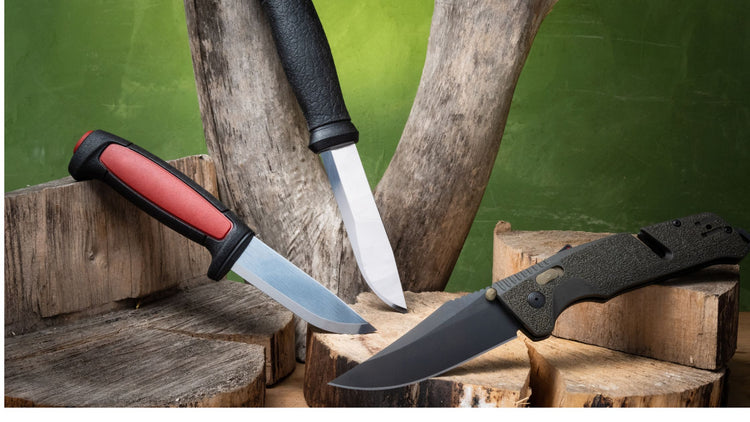Maintaining the functionality and appearance of your fixed blade knife is crucial, whether you’re a seasoned chef or a weekend warrior in the kitchen. Regular maintenance, including cleaning a fixed blade knife, ensures longevity and optimal performance. In this guide, we will explore the importance of cleaning, the materials and steps involved, and tips to keep your knife in pristine condition.

Why Cleaning a Fixed Blade Knife is Important
The importance of regularly cleaning a fixed blade knife cannot be overstated. A clean knife not only performs better but is also safer to use. Residue and debris can dull the blade and affect its cutting efficiency. Moreover, cleaning prevents rust and corrosion, extending the knife’s lifespan.
Benefits of a Clean Knife
A clean knife is less prone to bacterial buildup, reducing the risk of cross-contamination in food preparation. Additionally, a clean blade maintains its sharpness longer, making your culinary tasks more efficient.
Materials Needed for Cleaning
Before beginning the cleaning process, gather the following materials:
- Warm water
- Mild dish soap
- Soft sponge or cloth
- Dry towel
- Knife oil or mineral oil
- Sharpening stone (optional)
Choosing the Right Cleaning Materials
Using the right materials is essential to avoid damaging your knife. Avoid harsh chemicals and abrasive sponges that can scratch the blade.
Step-by-Step Cleaning Process
Step 1: Rinse the Knife
Rinse the knife under warm water to remove any loose debris. Ensure the water is not too hot, as this can damage the blade material.
Step 2: Apply Soap
Apply a small amount of mild dish soap to a soft sponge or cloth. Gently scrub the blade, taking care to clean both sides and the handle.
Step 3: Rinse Thoroughly
Rinse the knife thoroughly to remove all soap residue. Soap residue can lead to corrosion if left on the blade.
Step 4: Dry the Knife
Use a dry towel to completely dry the knife. Pay special attention to the areas where the blade meets the handle, as moisture can accumulate here.
Step 5: Apply Oil
Once the knife is dry, apply a thin layer of knife oil or mineral oil to the blade. This step helps protect against rust and keeps the blade in top condition.
Tips for Maintaining Your Fixed Blade Knife
Regular Inspection
Regularly inspect your knife for signs of wear, rust, or damage. Early detection can prevent further deterioration.
Sharpening Your Knife
To maintain a sharp edge, regularly sharpen your knife using a sharpening stone. A well-maintained edge enhances performance and safety.
Common Mistakes to Avoid
Avoid soaking your knife in water, as prolonged exposure can lead to rust. Additionally, never use a dishwasher to clean your knife, as the high heat and detergents can damage it.
Storage Tips for Longevity
Proper storage is crucial for maintaining the condition of your knife. Store your knife in a dry place, ideally in a knife block or sheath, to protect the blade from damage.
Conclusion
Cleaning a fixed blade knife is an essential part of maintenance that should not be overlooked. By following the steps outlined in this guide, you can ensure your knife remains a reliable tool in your kitchen for years to come.

FAQs
How often should I clean my fixed blade knife?
It is recommended to clean your fixed blade knife after each use, especially if it comes into contact with food or acidic substances.
Can I use any oil on my knife?
It is best to use knife oil or mineral oil, as these are designed to protect the blade without leaving a sticky residue.
Is it safe to clean my knife in the dishwasher?
No, it is not safe to clean your knife in the dishwasher. The high heat and detergents can damage the blade and handle.
This article contains affiliate links. We may earn a commission at no extra cost to you.


